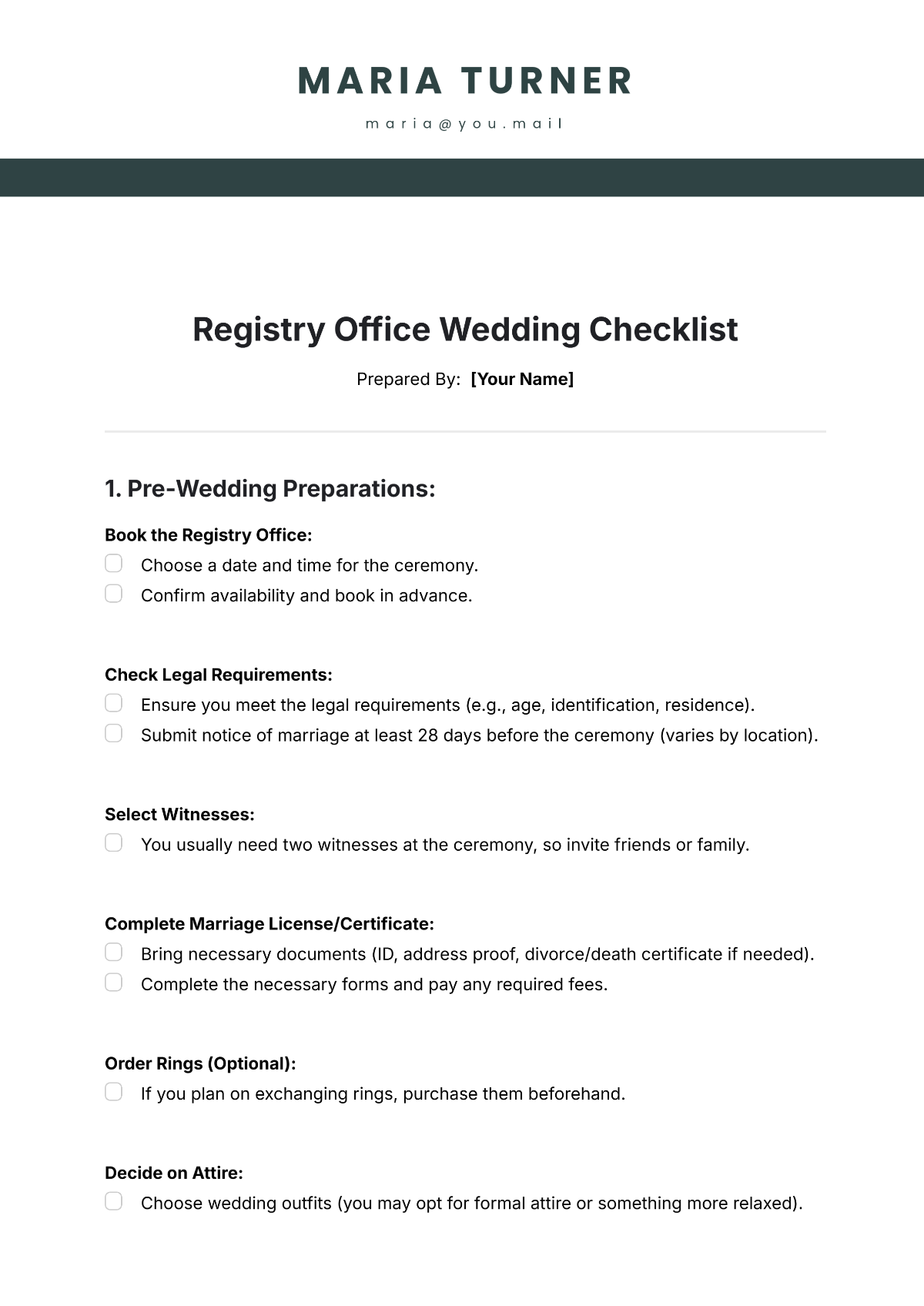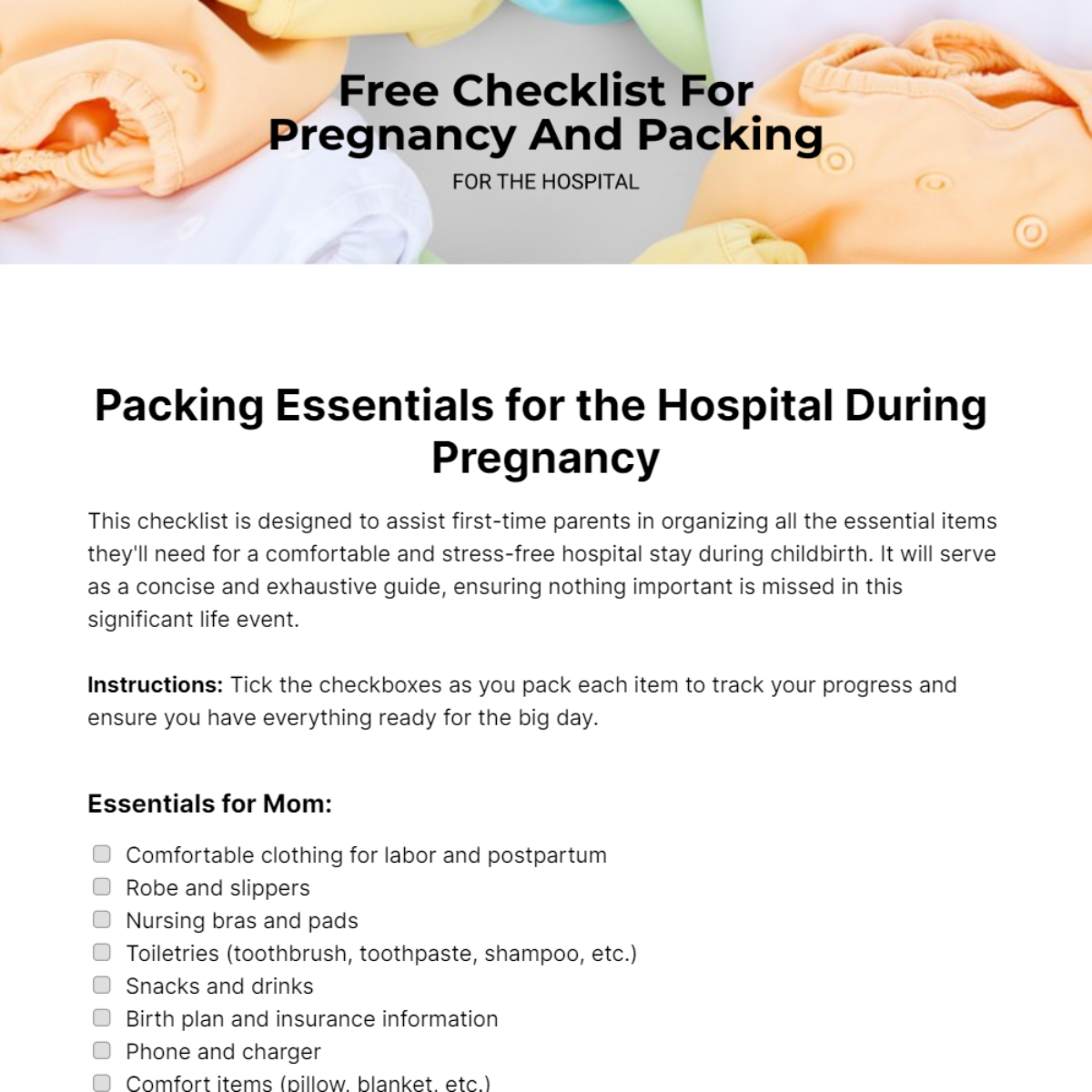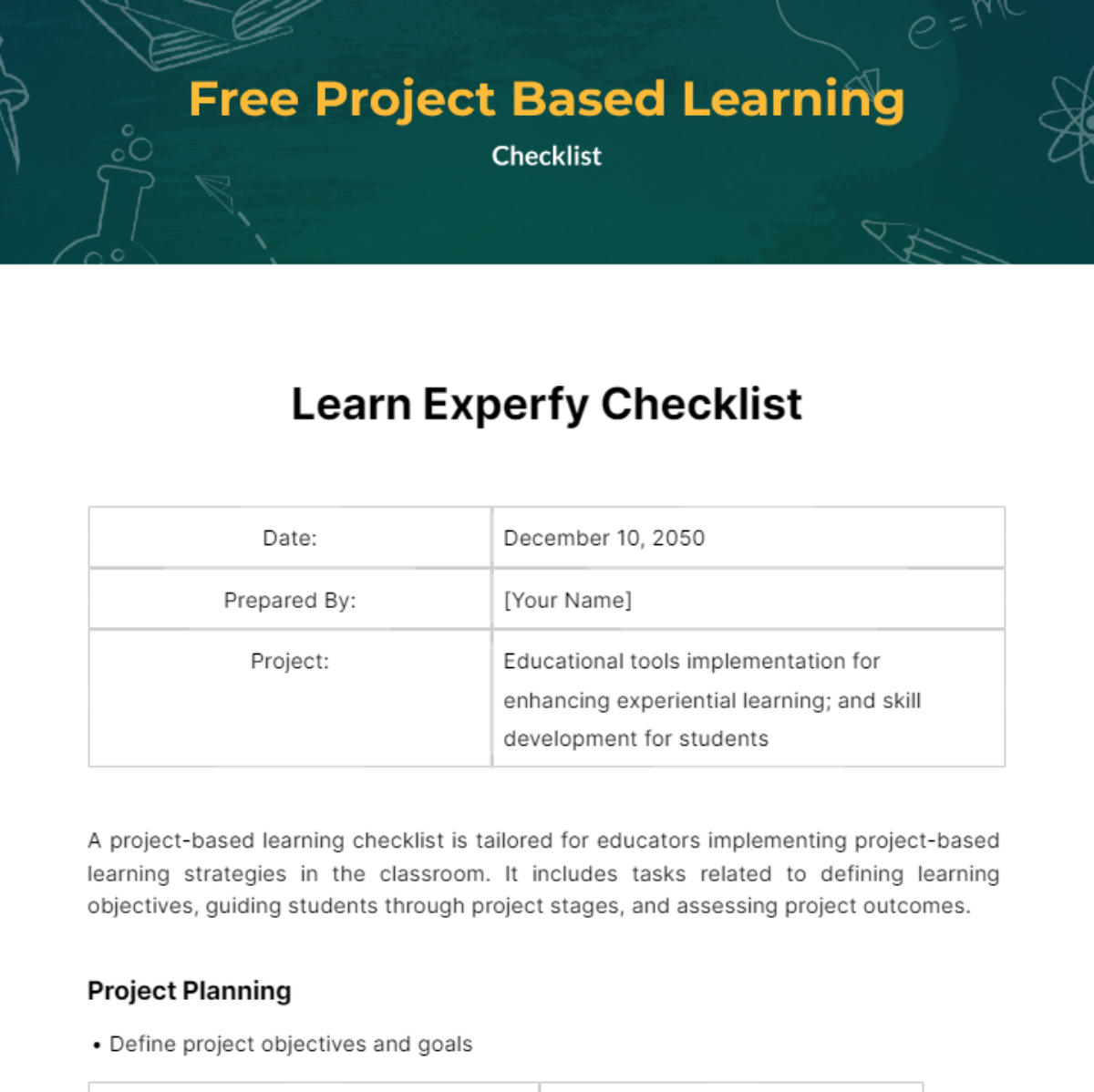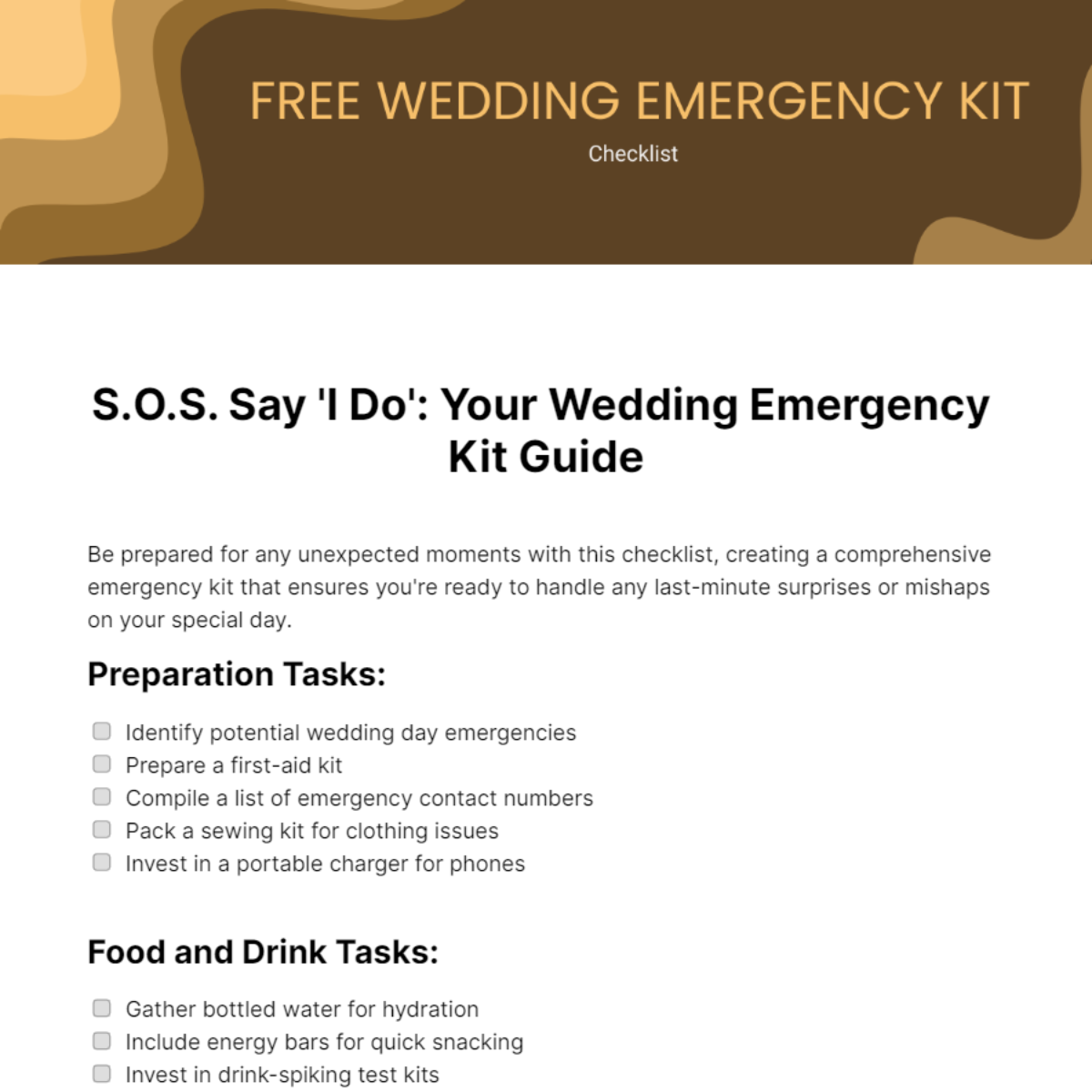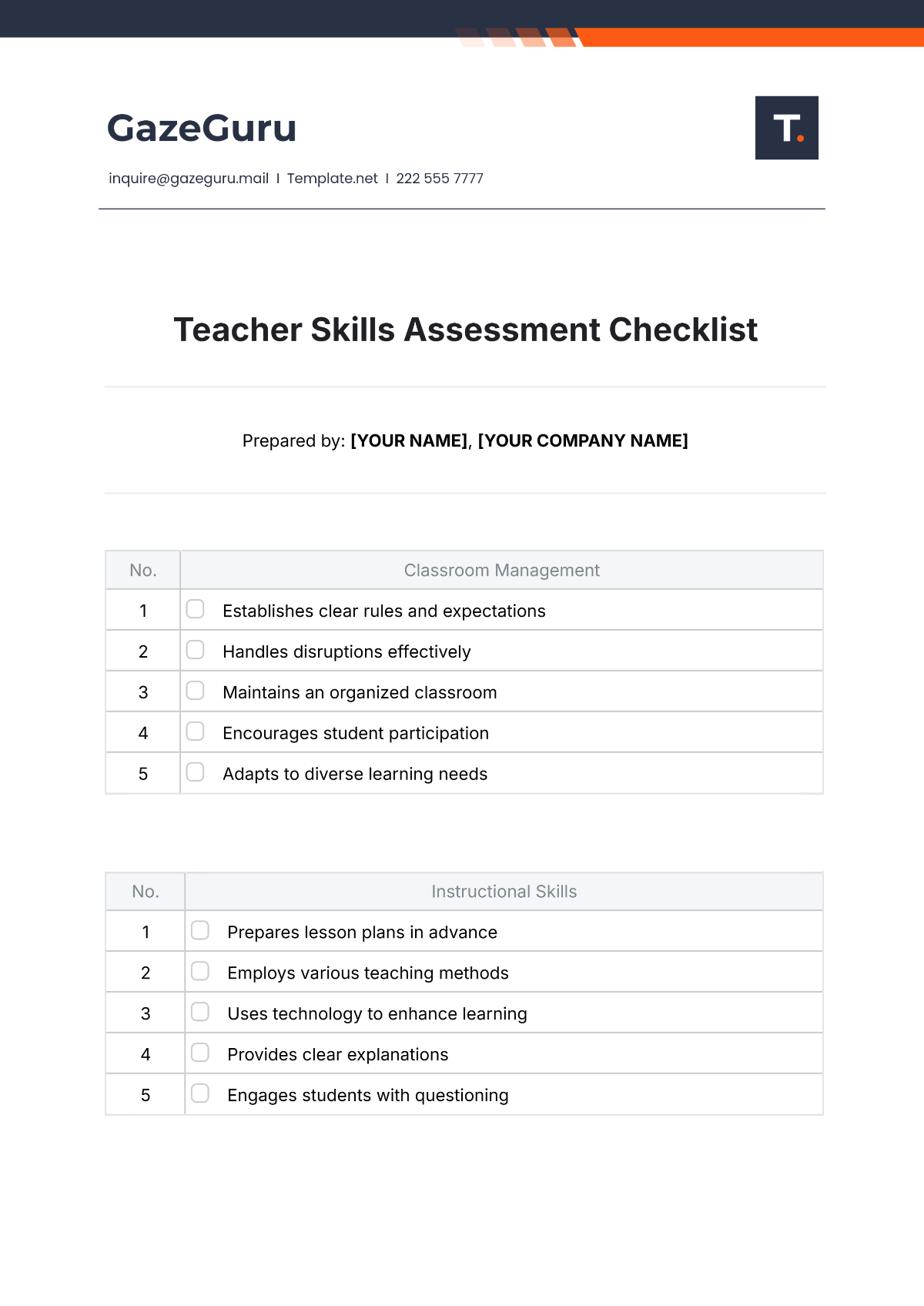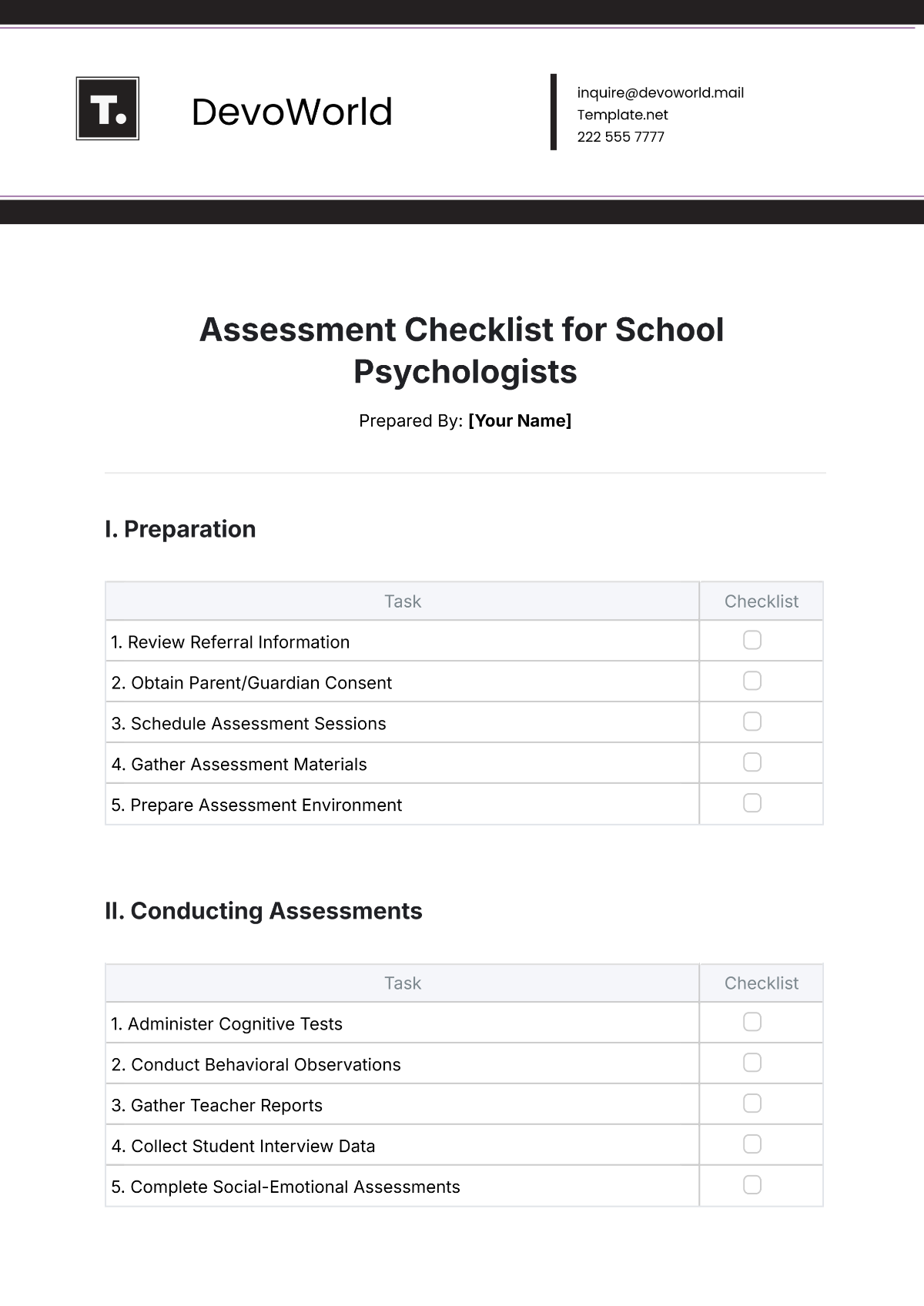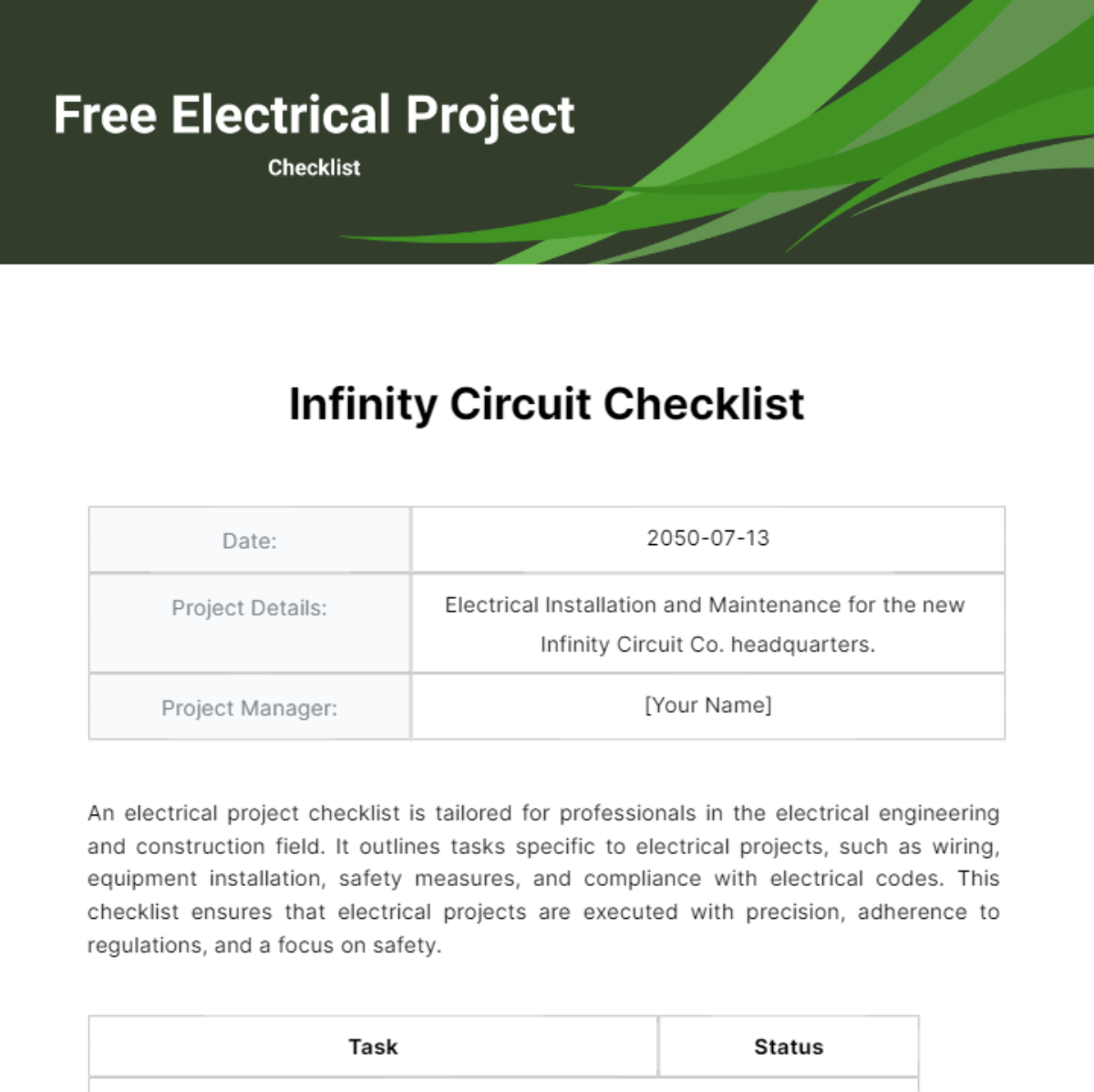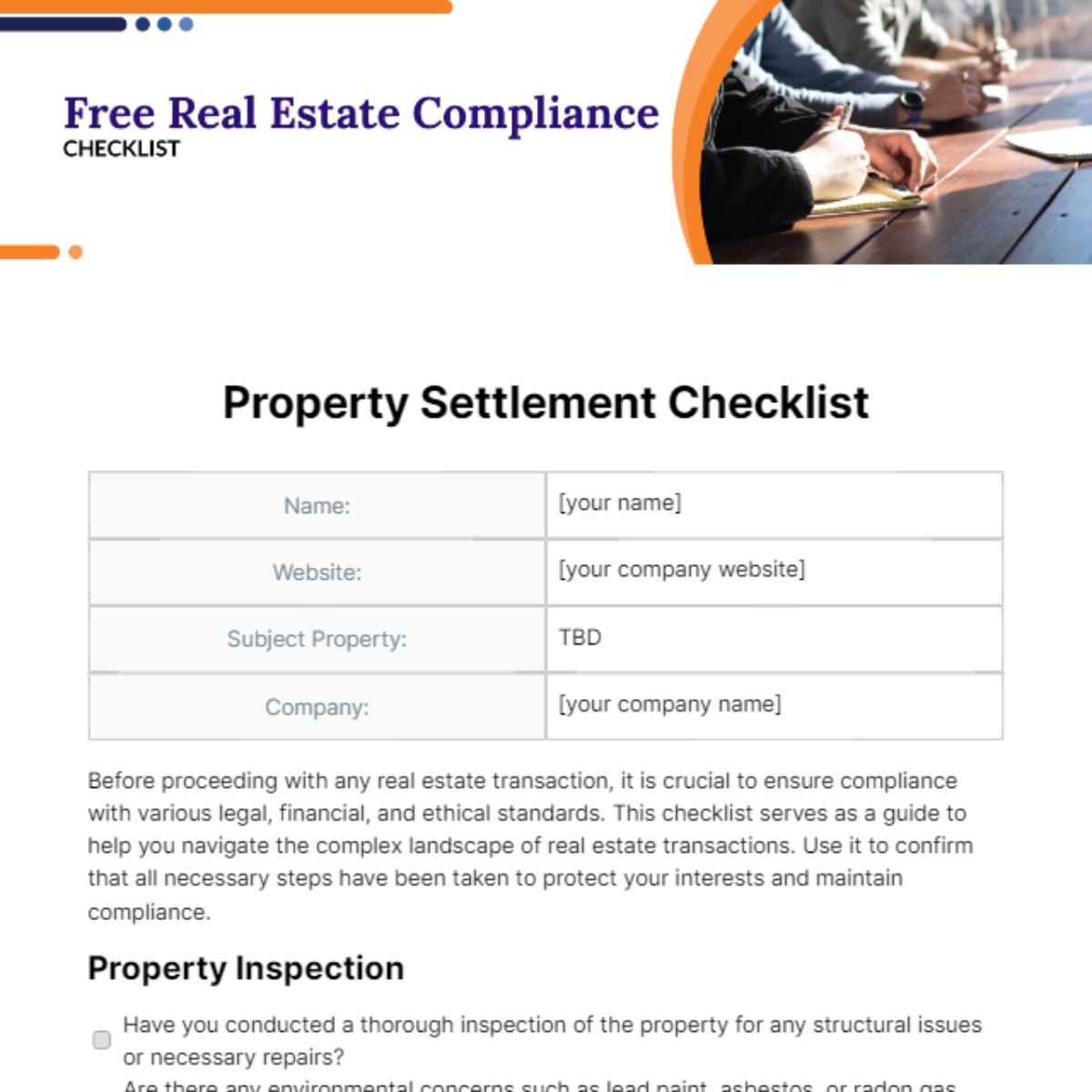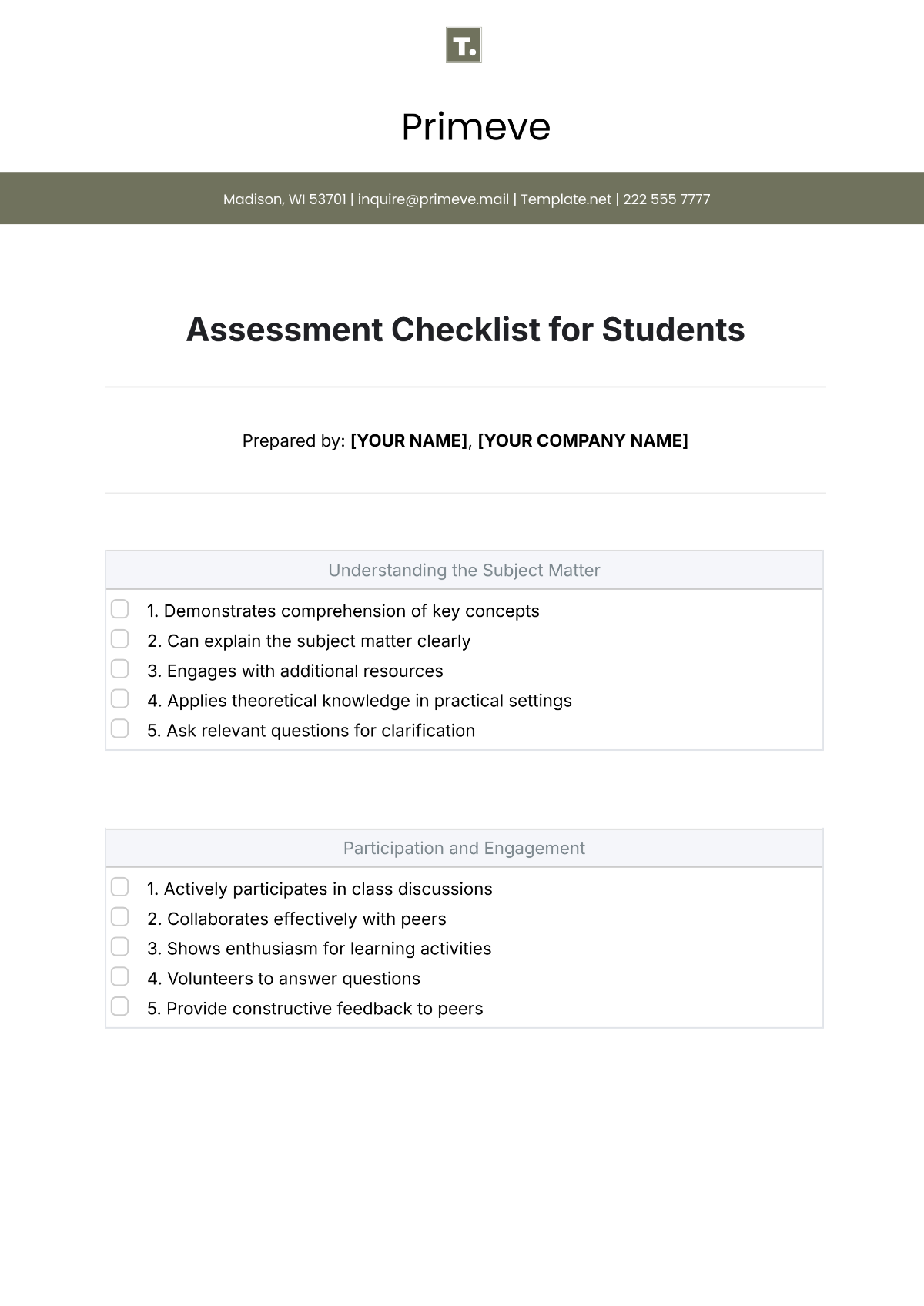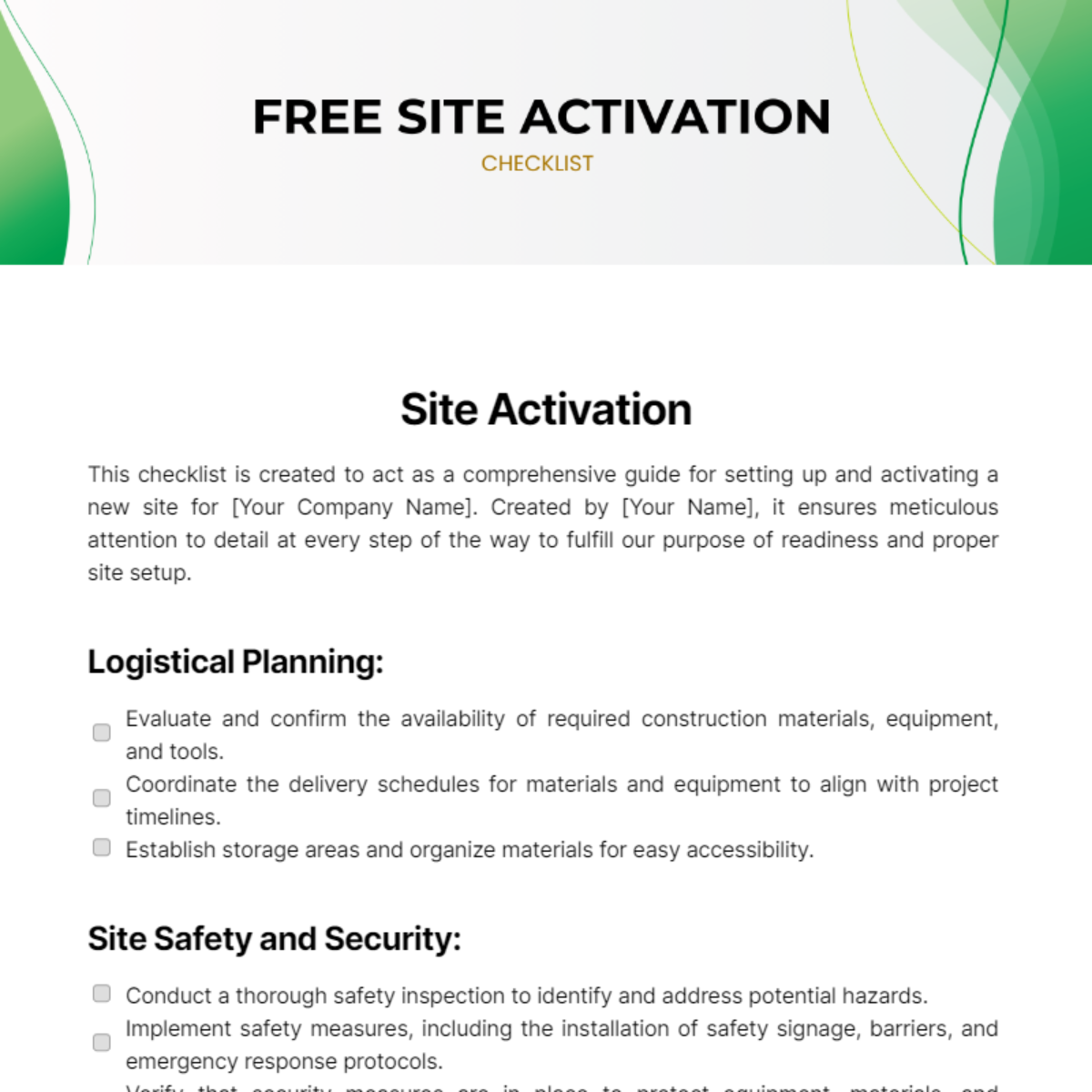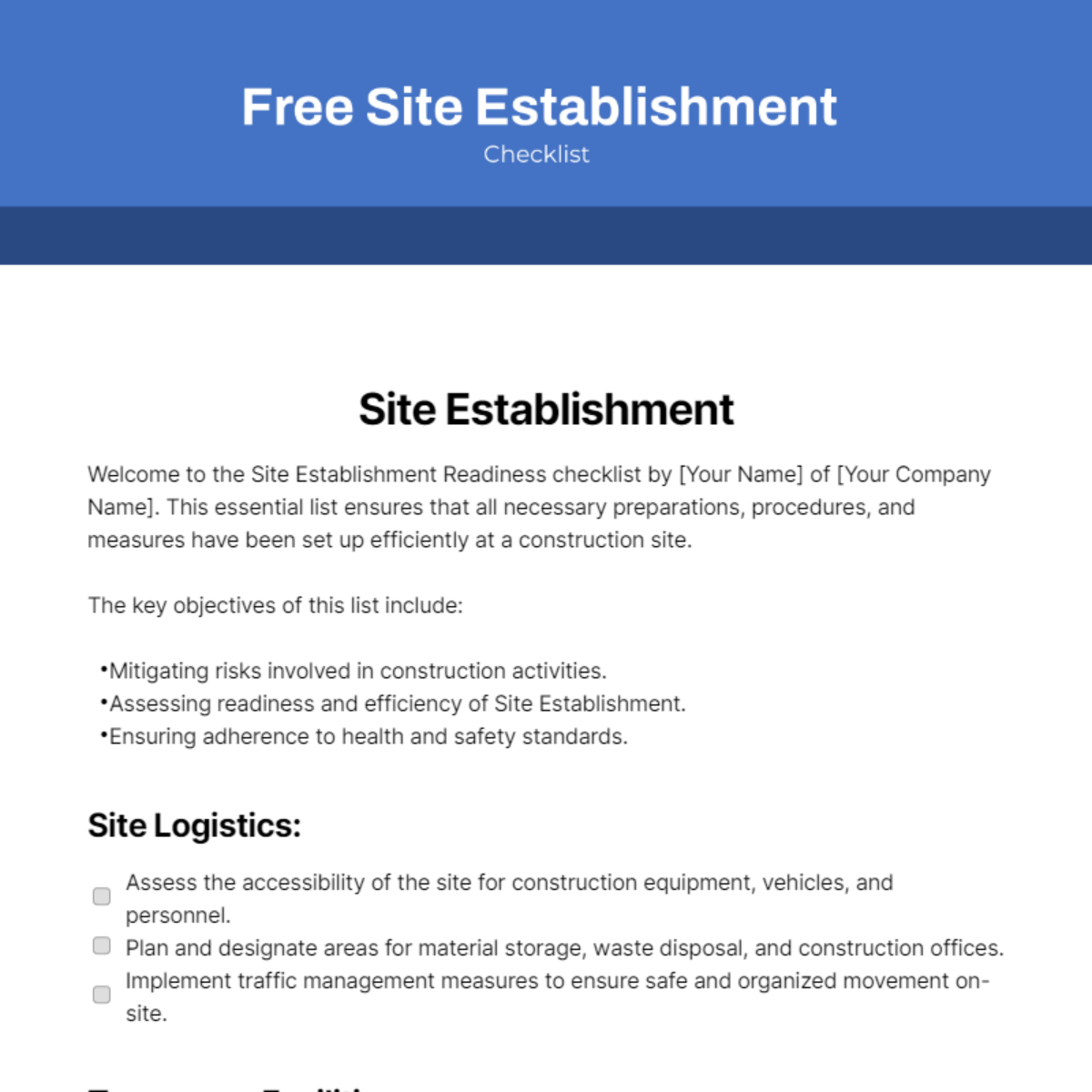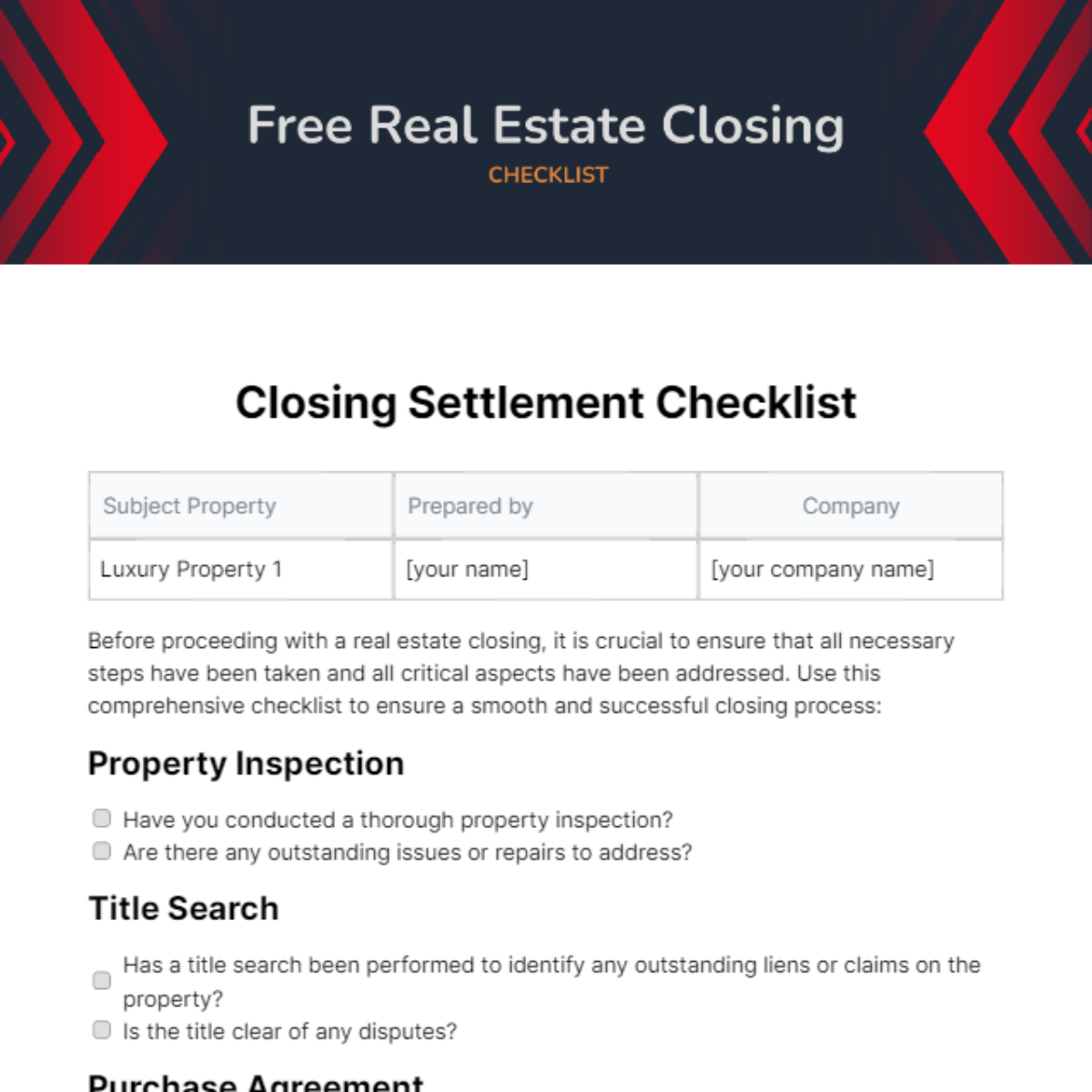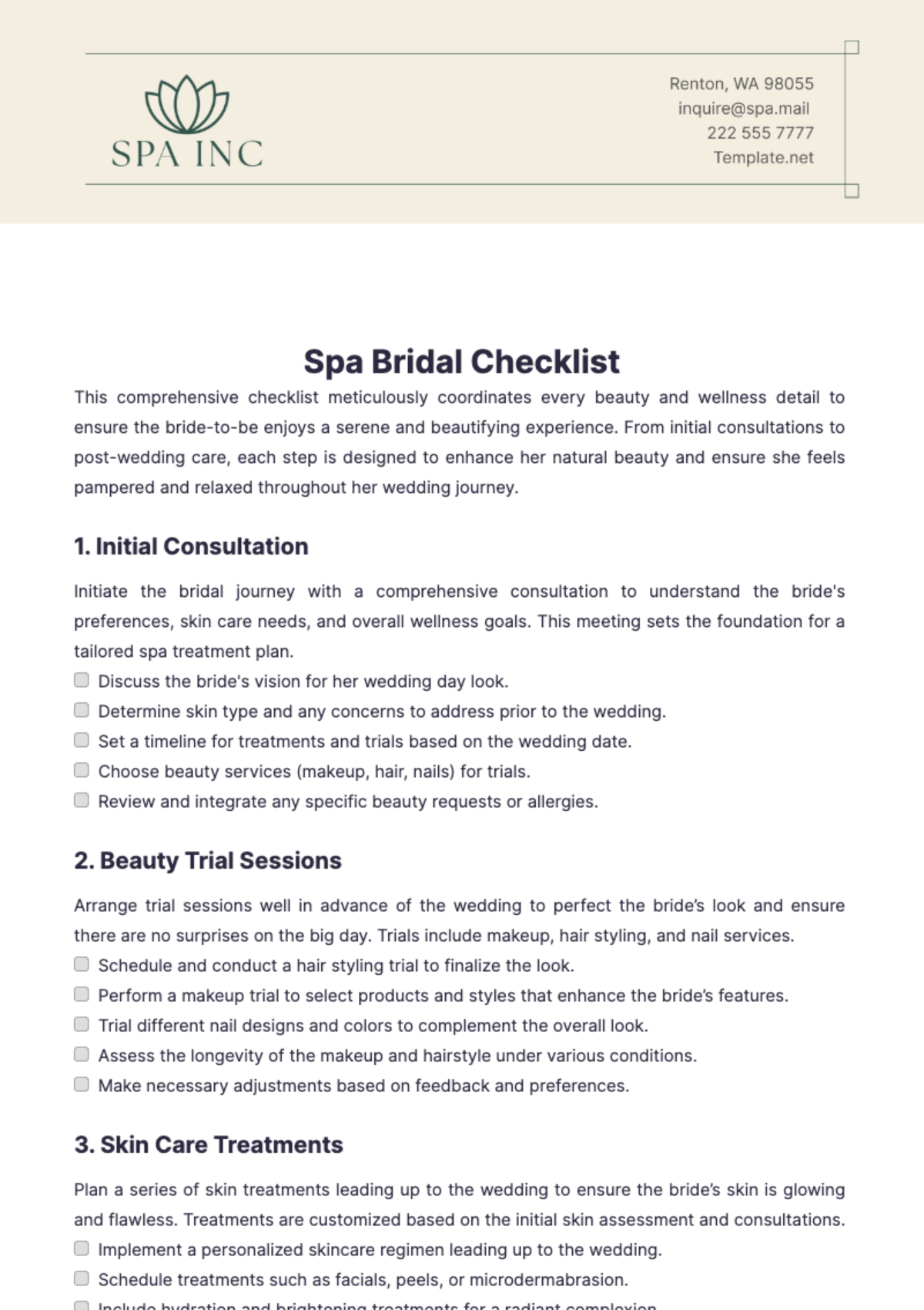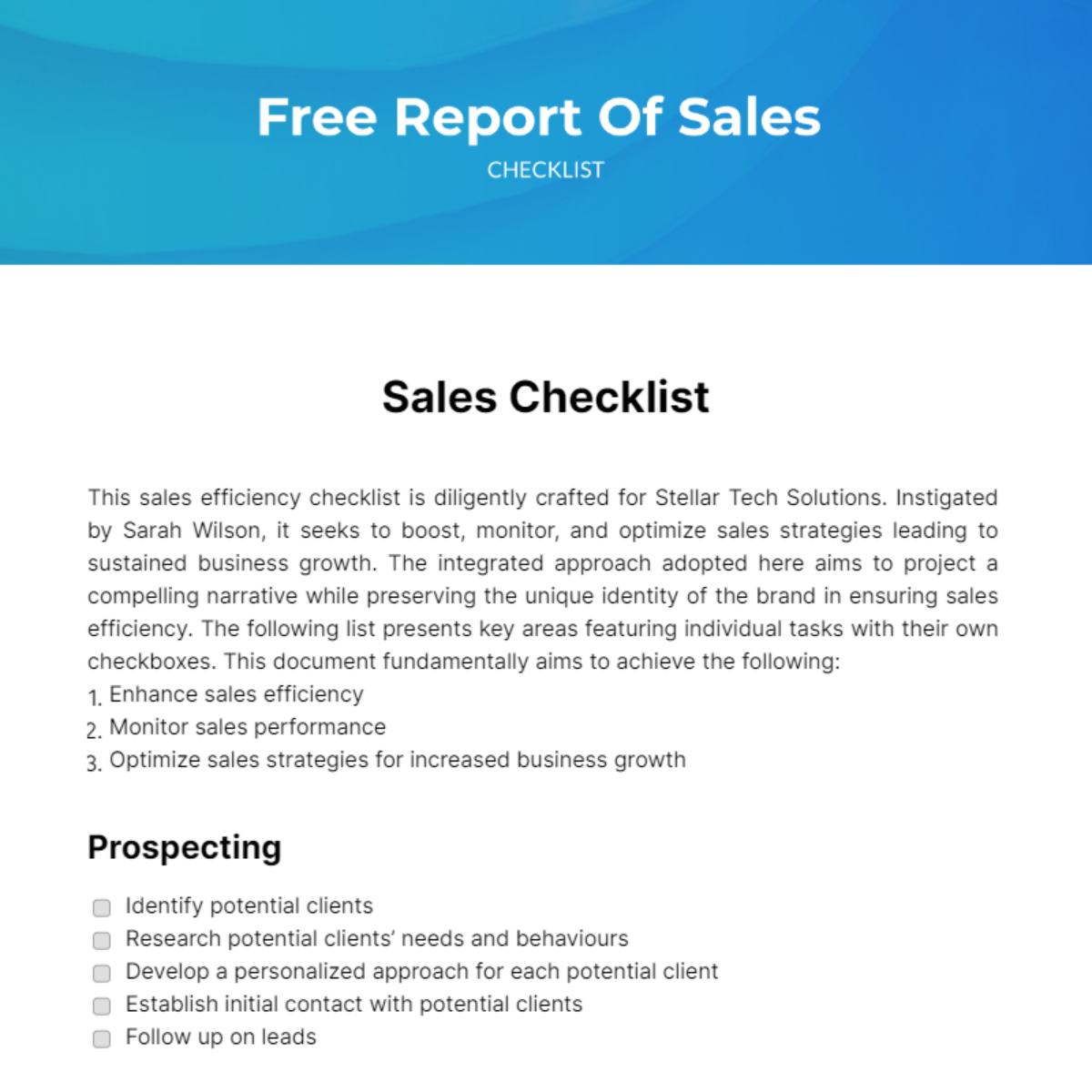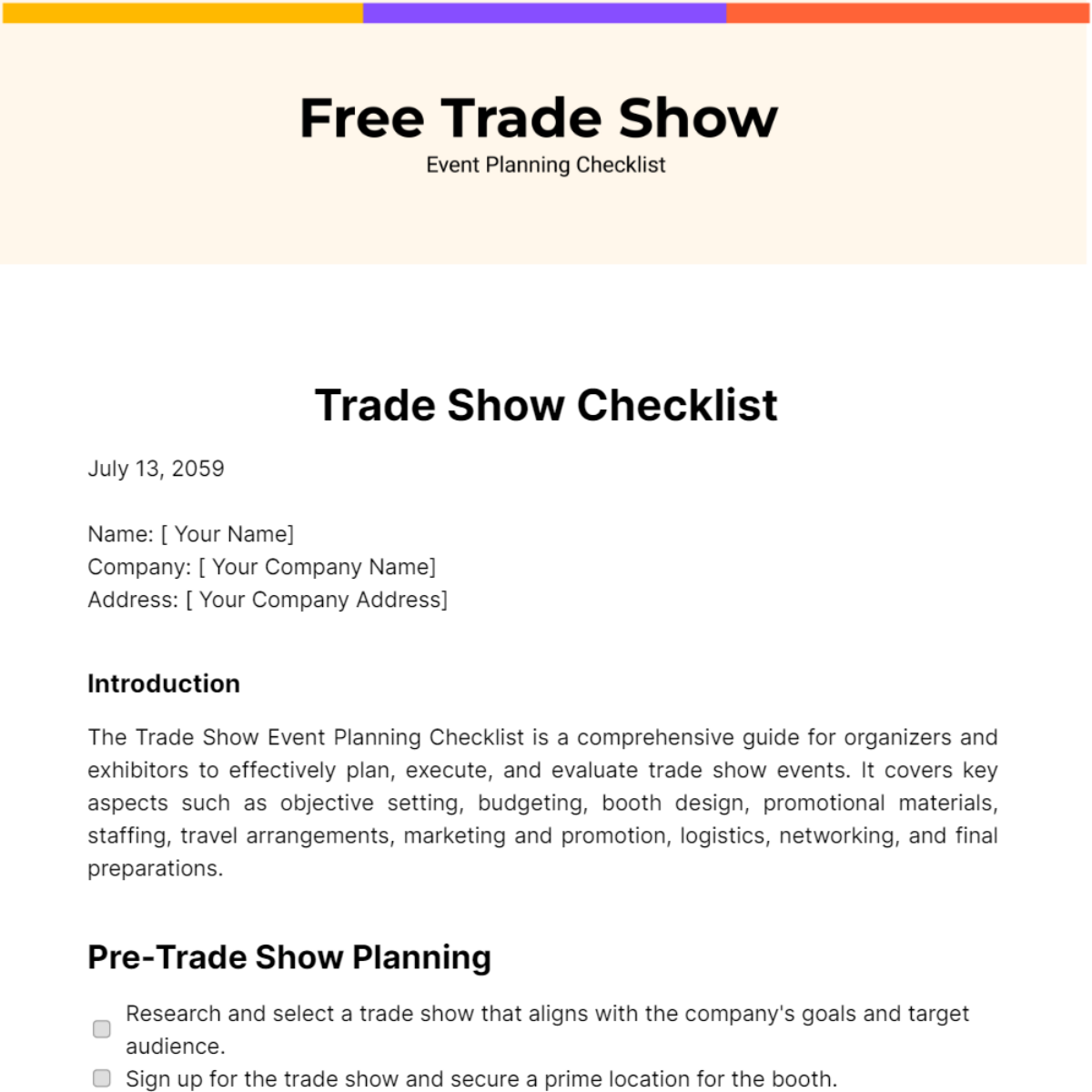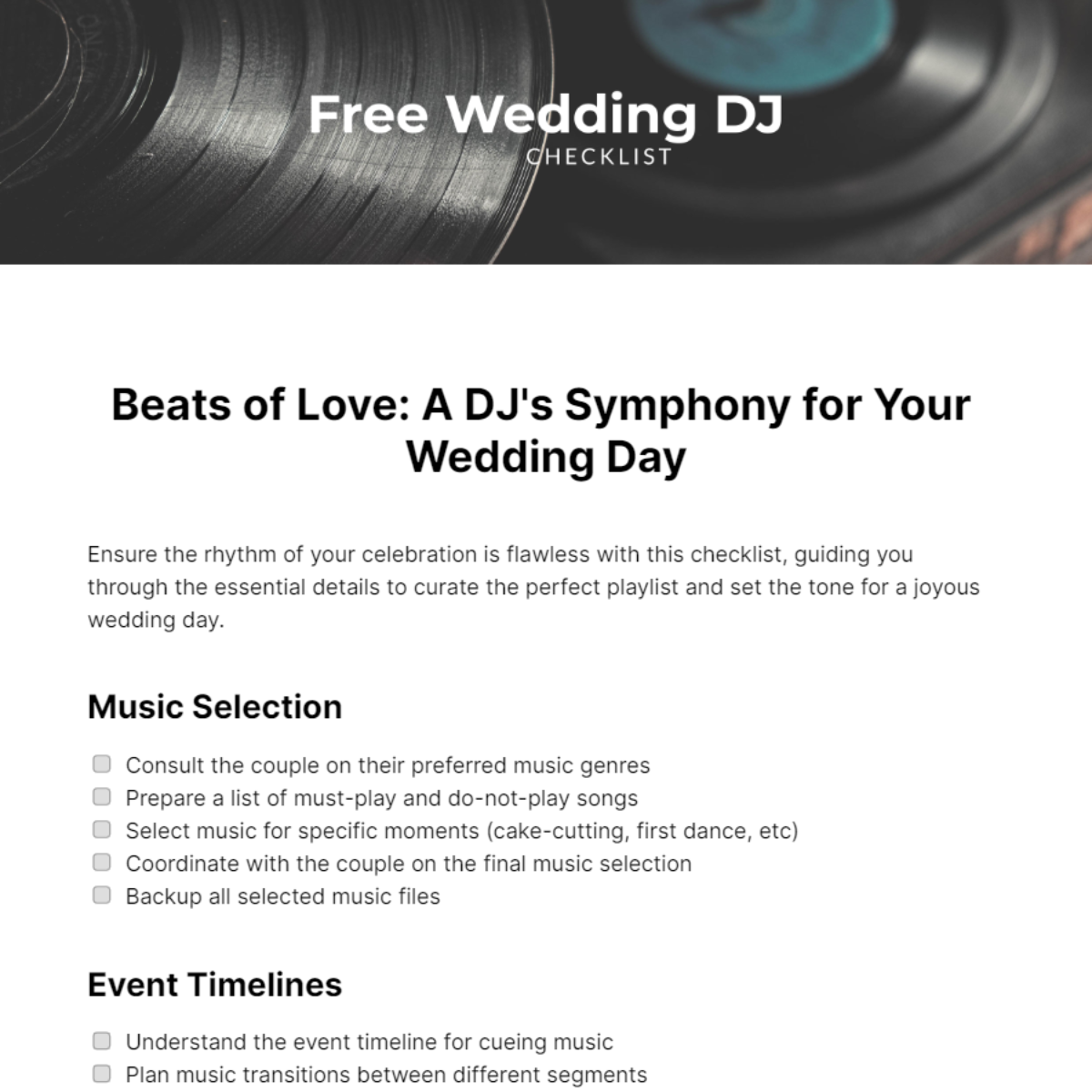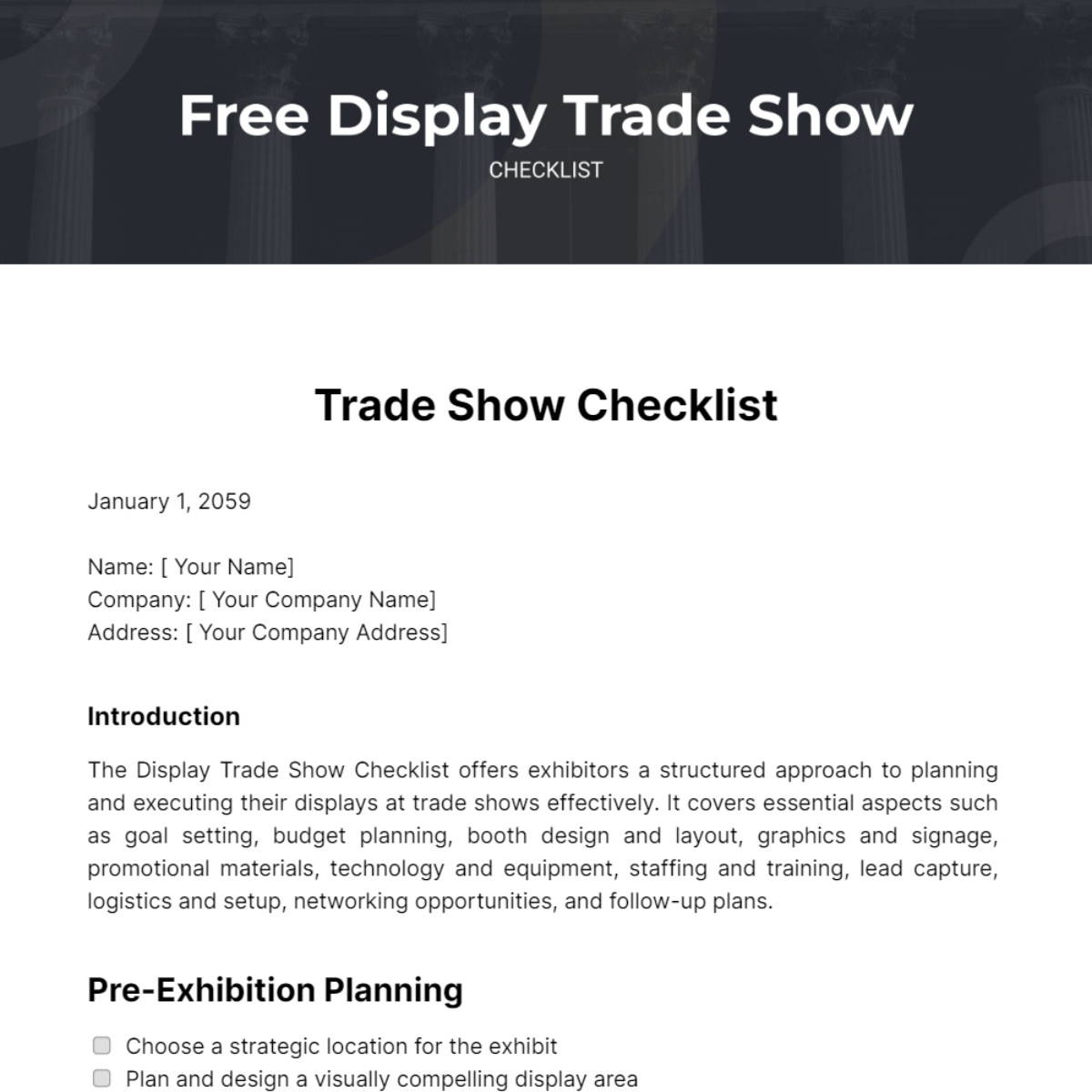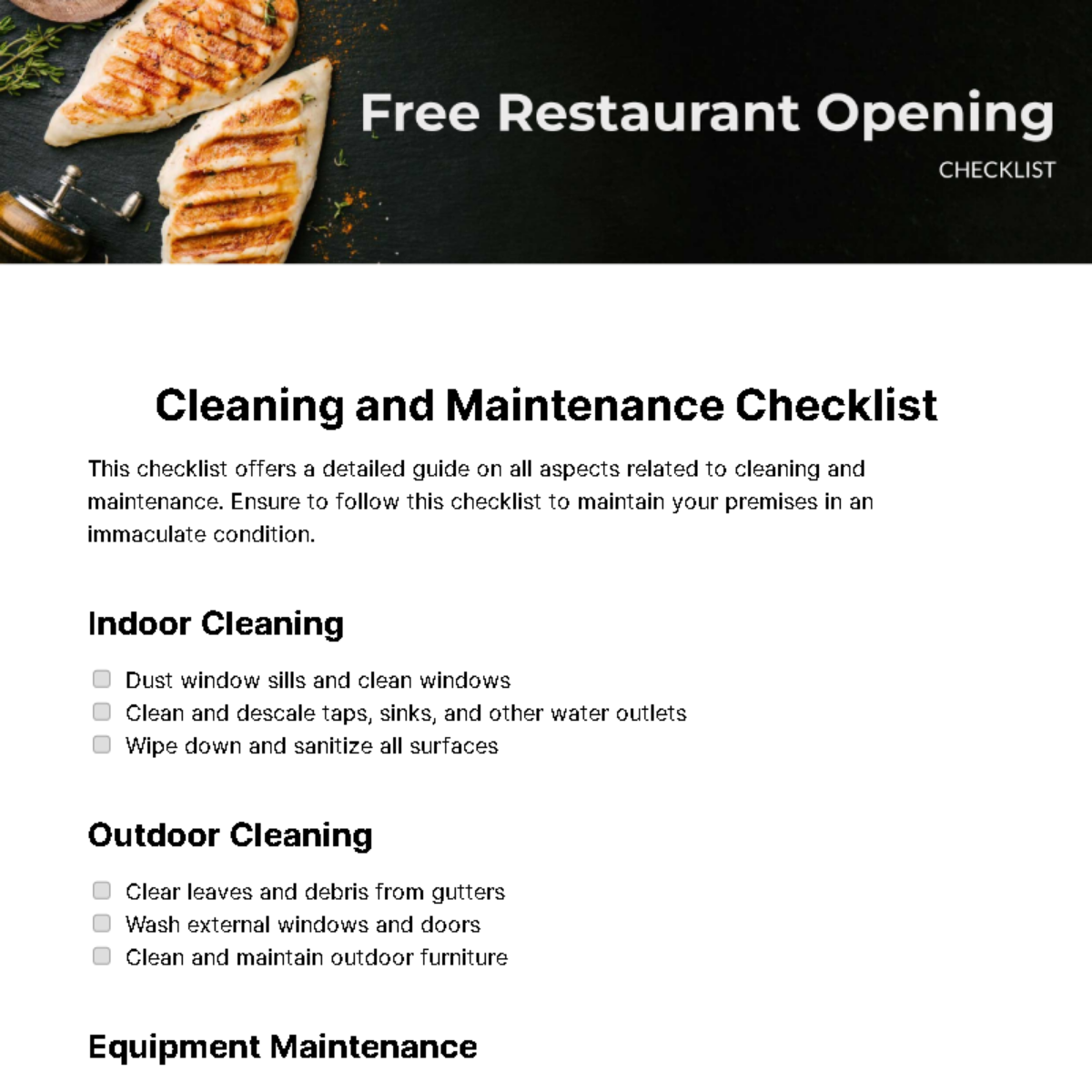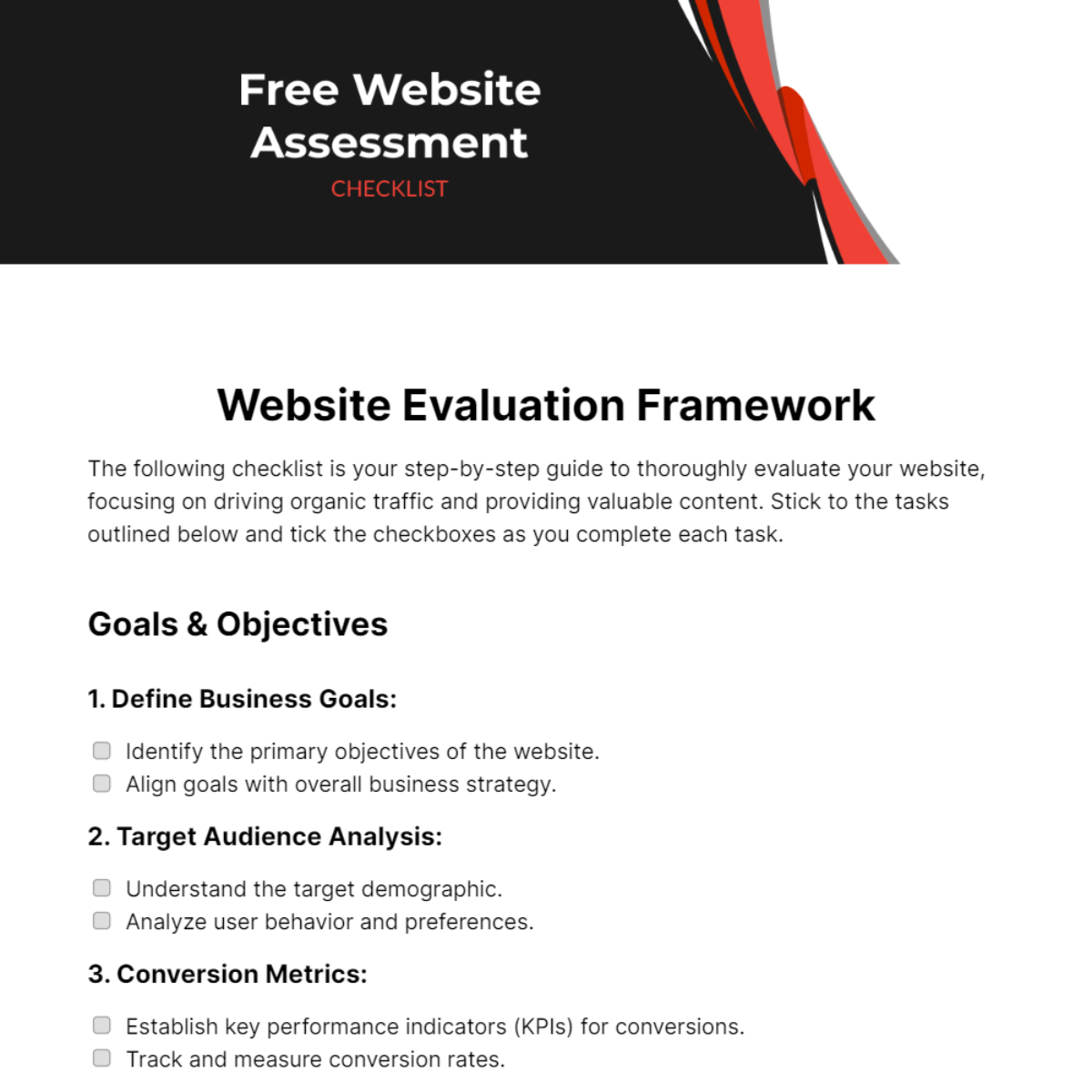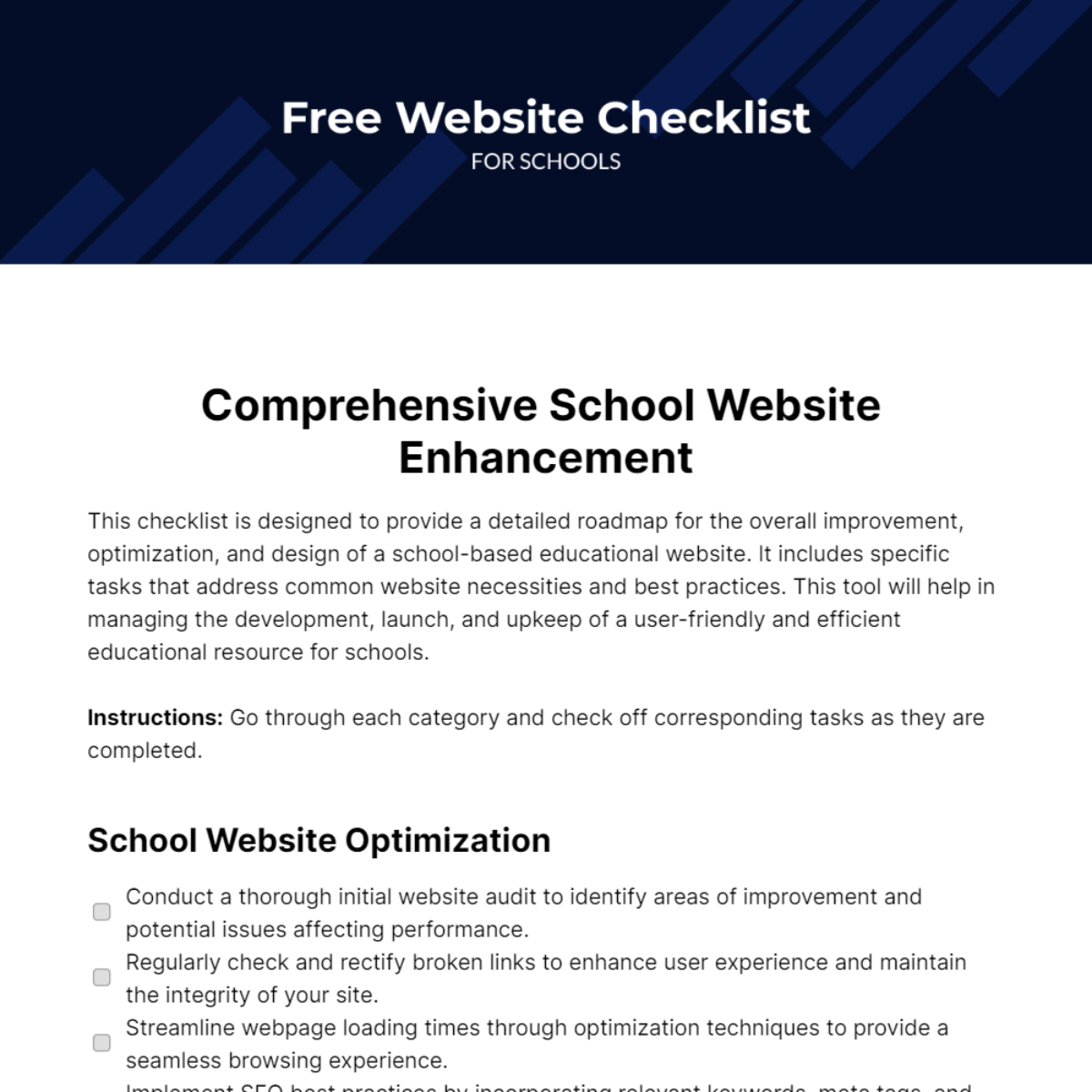Site Establishment
Welcome to the Site Establishment Readiness checklist by [Your Name] of [Your Company Name]. This essential list ensures that all necessary preparations, procedures, and measures have been set up efficiently at a construction site.
The key objectives of this list include:
Mitigating risks involved in construction activities.
Assessing readiness and efficiency of Site Establishment.
Ensuring adherence to health and safety standards.
Site Logistics:
Assess the accessibility of the site for construction equipment, vehicles, and personnel.
Plan and designate areas for material storage, waste disposal, and construction offices.
Implement traffic management measures to ensure safe and organized movement on-site.
Temporary Facilities:
Establish temporary facilities such as site offices, restrooms, and first aid stations.
Ensure the availability of utilities, including electricity, water, and sanitation facilities.
Verify that temporary structures comply with safety and building regulations.
Safety and Security Measures:
Develop and communicate site safety protocols, including emergency evacuation procedures.
Install safety signage, barriers, and warning systems as necessary.
Implement security measures to protect equipment, materials, and personnel on-site.
Utilities and Services:
Coordinate with utility providers to establish connections for water, electricity, and other essential services.
Verify the adequacy of utilities for the construction activities planned.
Ensure the availability of utility shut-off points for emergencies.
Environmental Considerations:
Implement erosion control measures to prevent soil erosion and sedimentation.
Plan for the proper disposal of construction waste and implement recycling initiatives.
Comply with environmental regulations to minimize the impact of construction activities.
Communication and Coordination:
Establish communication channels for effective coordination among project stakeholders.
Conduct briefing sessions to ensure all team members understand their roles and responsibilities.
Implement a centralized document management system for project records and communications.
Regulatory Compliance:
Obtain and display all necessary permits and approvals from relevant regulatory authorities.
Confirm compliance with local building codes, zoning regulations, and environmental requirements.
Develop a system for regularly updating and renewing permits throughout the construction process.
Health and Welfare Facilities:
Provide adequate facilities for the well-being of on-site personnel, including restrooms and break areas.
Implement health and safety measures, such as regular medical check-ups and access to first aid.
Ensure compliance with occupational health and safety standards.
Equipment and Machinery Setup:
Inspect and commission construction equipment to ensure proper functioning.
Implement preventive maintenance schedules for machinery.
Confirm that operators are trained and certified for the equipment they operate.
Documentation and Record Keeping:
Establish a system for documenting site activities, inspections, and incidents.
Maintain accurate records of deliveries, material quantities, and equipment usage.
Implement a filing system for organizing project-related documentation.
Stakeholder Engagement:
Communicate the construction schedule and potential disruptions to nearby residents and businesses.
Address concerns raised by local communities and establish channels for feedback.
Foster positive relationships with stakeholders through transparent communication.
